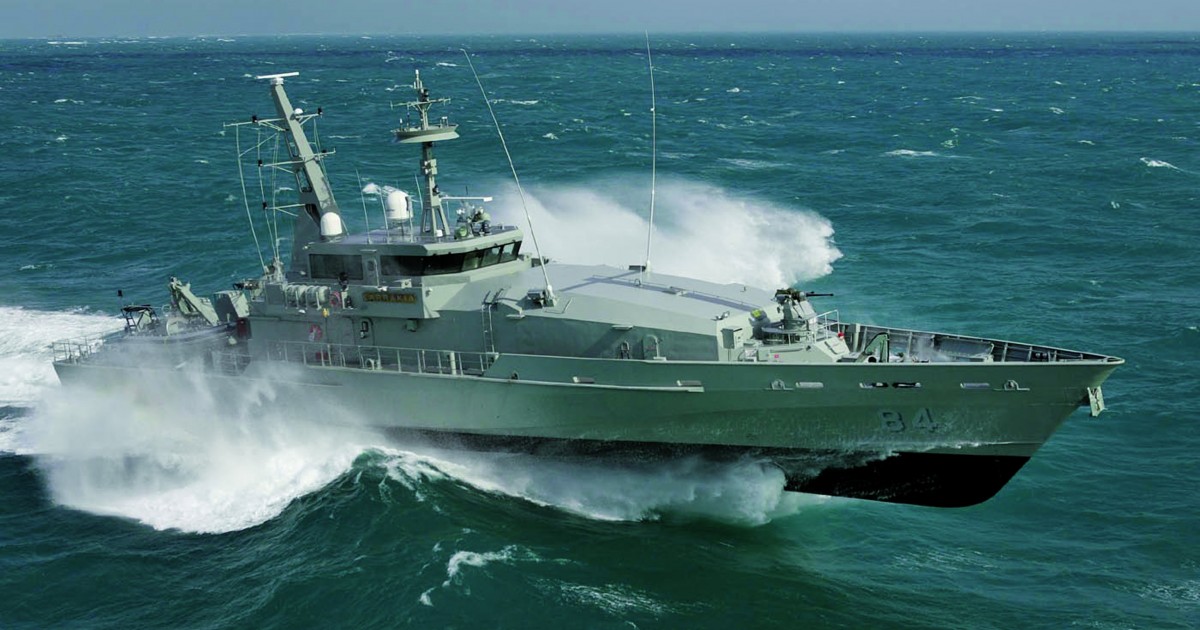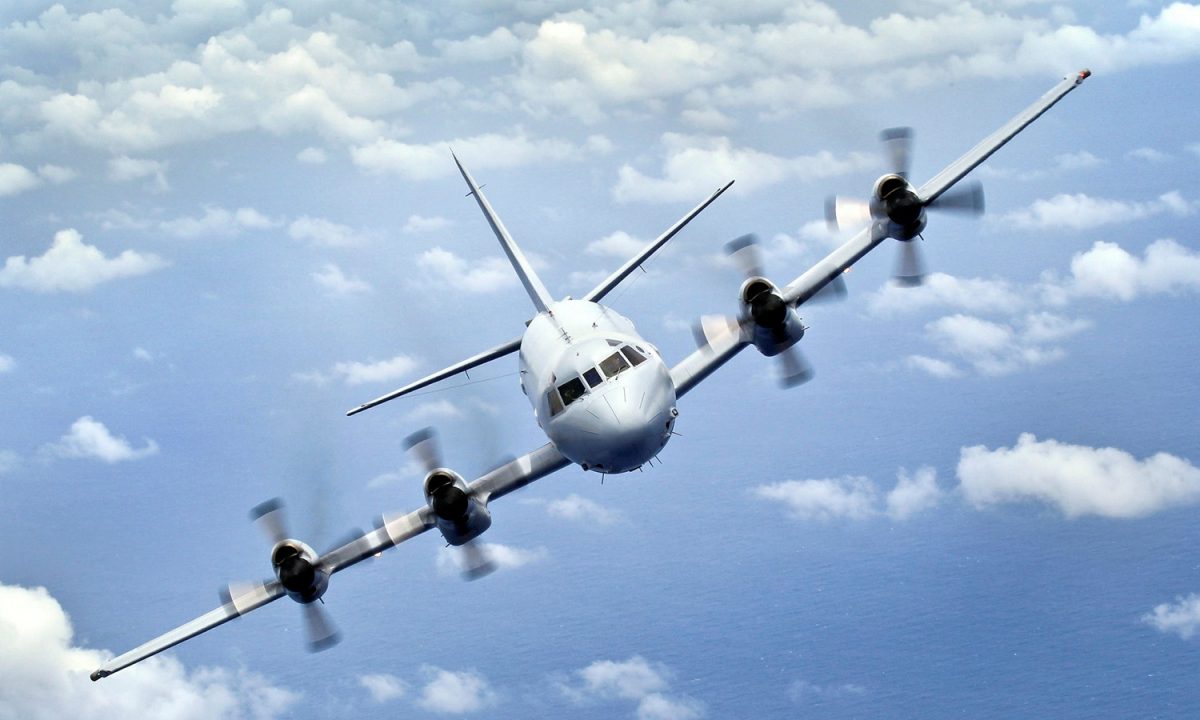- Oct 3, 2018
- 2,892

Security Classification: TOP SECRET
SITUATION REPORT
| The Russian Armed Forces following a request for a demonstration of the capabilities of the Il-76MD have been tasked with conducting a live demonstration for the New Zealand Government. OPLAN-4550 covers the operational planning for the deployment of aerial and naval assets to New Zealand. The operation will oversee the deployment of three Il-76MD aircraft and a battalion from the elite 35th Guards VDV Brigade, supported by a naval task force. The aerial deployment is composed of three Il-76MD aircraft, which are tasked with transporting personnel and essential equipment of the 35th Guards VDV Brigade. These aircraft will execute a planned refueling stop in Ho Chi Minh, Vietnam, before proceeding to New Zealand. The Il-76MD is a strategic airlifter which is being considered for usage by New Zealand. In addition to its ability of serving as a strategic troop transport the Il-76MD combat system will include specific mission capabilities for New Zealand to use the attached hardpoints for kinetic action capabilities. The naval component of this operation includes a task force designed to provide support and reinforcement capabilities. The transportation fleet will make port in New Zealand, carrying helicopters, heavy equipment, and additional personnel from the VDV while the escort fleet will conduct naval exercises in the region. This task force comprises:
The naval task force's advanced surveillance and combat capabilities will provide critical support, ensuring a secure environment for operations. This deployment underscores our strategic intent to project power and maintain a versatile, responsive military posture capable of influencing a changing global security system while remaining dynamic. From a strategic perspective, the naval deployment to Wellington aligns with Russia's broader geopolitical objectives. Establishing a robust naval presence in the Asia-Pacific region, particularly in New Zealand, allows Russia to examine its operational reach into the Southern Hemisphere and rapid response capabilities due to regional security challenges and crises. |
BELLIGERENTS
BLUFOR
OPFOR: |
Grisha V -Class Corvettes RFS MPK-82 Sensors and processing systems
Sensors and processing systems
RFS Slava Armament M-11 Shtorm' SAM 2 twin launchers, 2 × twin 57 mm guns, 1 × SUW-N-1 launcher for FRAS-1 anti submarine missiles, 2 × RBU-6000 ASW rockets, 10 × 553 mm torpedo tubes (2 × 5) Aircraft carried x 8 Mil Mi-8MTV-2 x 2 Mil Mi-26M Heavy Transport Helicopter x 2 Kamov Ka-52 Alligator Krivak IV Class Frigate RFS Admiral Gorshkov
RFS Admiral Kasatonov
RFS Admiral Nevelskoy
305th Strategic Air Lift Wing x 3 Ilyushin Il-76 35th Gv. VDV Brigade x 44 Command Staff x 243 Paratroopers 1st Airborne Battalion HQ
|
Last edited:












